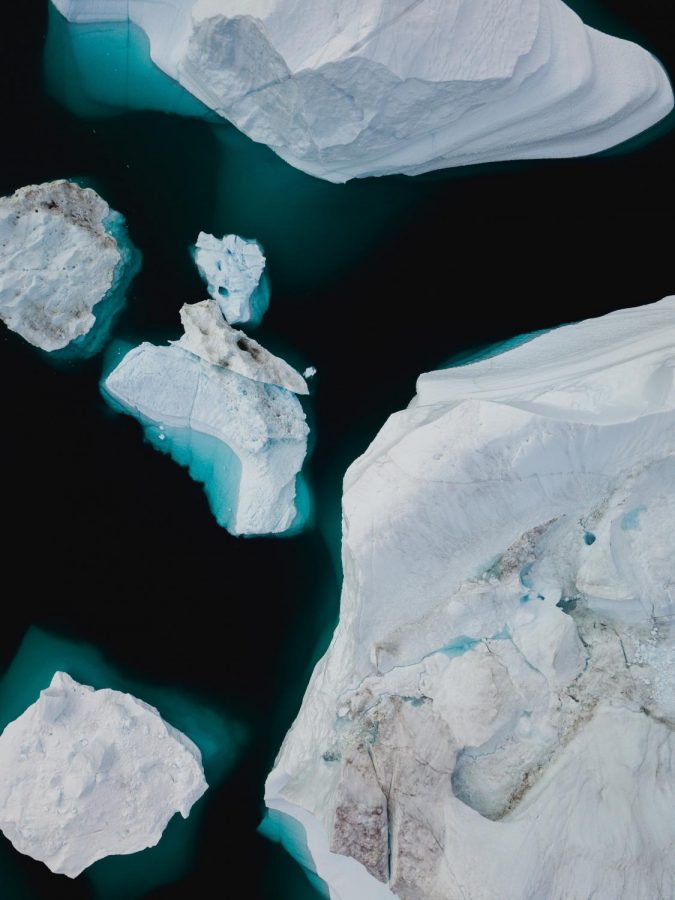An Analysis of the Pizzly Bear
A hybrid between a Polar Bear and a Grizzly Bear
Ice caps in the Arctic regions are gradually decreasing as global warming becomes a more concerning issue day by day. This has a direct impact upon Polar Bear populations.
Have you ever been fascinated by different animal crossbreeds and thought of the endless possibilities of hybrids? Then meet the pizzly bear — a polar bear and grizzly bear hybrid. While they have no official scientific name as of yet, these bears may also go by the name of grolar bear, grizzlar, or nanulak (coming from the Inuit word for a polar bear, nanuk, and the Inuit word for grizzly bear, aklak). In recent years, Pizzly bears have started to gradually become more common in the wild, and they have been spotted in the wild at a higher rate than before.
Origin of these hybrids
Although the first naturally occurring pizzly bear was spotted in 2006, this occurrence is becoming more common due to the worsening of climate change. Due to climate change, there has been a major increase in melting ice caps in the Artic regions, causing food to become much more scarce for polar bears. This forces the polar bears to relocate and travel further south in order to find food. In addition, grizzly bears are also victims of climate change. Like polar bears, grizzly bears have also been facing food scarcity, which causes them to migrate north. Around the northern parts of Canada as well as in between the Alaskan tundra and sea, the polar bears and grizzly bears now have the chance to meet each other, as their new territories are overlapping. Polar bear breeding season occurs during March and lasts until June, while the grizzly bear mating season occurs from May to July. This means that both polar bears and grizzly bears are able to mate during May and June. Given that their territories now overlap, this explains the rise in pizzly bear numbers.
Characteristics of the Pizzly Bear
These bears can be identified by their creamy white fur with brown patches around their eyes, back, and feet. They have a humped back and a body that is smaller than the ordinary polar bear but bigger than the average grizzly bear. Pizzly bears are usually 40 to 60 inches tall, 78 inches to up to 120 inches in length, and typically weigh around 1000 pounds.
Adaptability
While polar bears are at an increased risk of extinction in the decades ahead due to climate change, these new pizzly bear hybrids may be better suited to their changing environment. Polar bears usually have small molars that are worn down due to their primary diet of seal blubber. However, the new pizzly bear hybrids may be able to have a broader diet, allowing them to overcome the problem of food shortages. Additionally, unlike most other hybrids, pizzly bears have been shown to possess the ability to reproduce.
Although pizzly bears may be fascinating hybrids, it is possible that they could fully replace polar bears in the decades to come, due to their distinct advantages in our rapidly warming climate.
Although pizzly bears may be fascinating hybrids, it is possible that they could fully replace polar bears in the decades to come, due to their distinct advantages in our rapidly warming climate.
Alvina Rahman is a Chief Graphic Designer and Managing Editor for 'The Observatory' yearbook and a Staff Reporter' for 'The Science Survey' newspaper....











